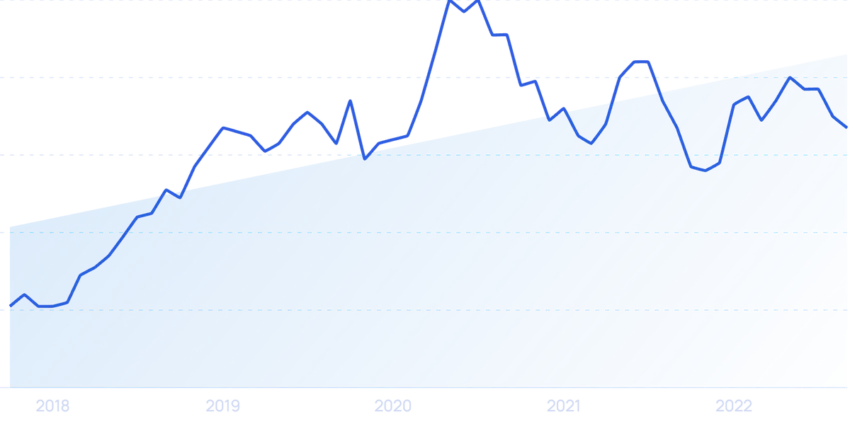TL;DR Summary of Global Gaming Market and Gamer Demographics in 2024
Optimixed’s Overview: Unveiling the Expansive Growth and Trends Within the Global Gaming Industry
Massive Market Growth and Gamer Population Expansion
The gaming industry has transformed into a dominant sector in entertainment, with a market size surpassing $522 billion in 2024 and expected to reach over $691 billion by 2029. The number of active gamers worldwide has shown consistent growth, rising from 2.03 billion in 2015 to an estimated 3.32 billion in 2024. This upward trend confirms gaming’s increasing cultural and economic influence.
Regional and National Gamer Distribution
- Asia leads with approximately 1.48 billion gamers, more than double any other region.
- The United States boasts the highest number of esports players, with over 3,400 competitors, contributing significantly to its $107.6 billion industry valuation.
- Other notable countries with high esports participation include China, Brazil, and South Korea.
- Japan and the UK share the highest video game penetration rates at 58%, with the UK projected to reach 70% by 2027.
Demographics and Gamer Preferences
- Globally, male gamers constitute about 53%, while female gamers make up 47%, showing a narrowing gender gap over the years.
- 80% of gamers are adults aged 18 and older, totaling roughly 2.47 billion individuals, with a diverse age distribution extending into older demographics.
- Subscription models are thriving, with 52% of gamers worldwide subscribing to at least one gaming service, including major platforms like Xbox Live and PlayStation Plus.
- Casual games dominate in popularity, favored by 63% of gamers globally, followed by action and shooter games both at 39%.
- The primary motivation for gaming remains relaxation and entertainment, cited by two-thirds of players worldwide.
Industry Outlook and Key Insights
The gaming sector continues to evolve, reflecting diverse player demographics and shifting preferences. The rise in esports participation, subscription service adoption, and casual gaming popularity signals robust opportunities for developers and marketers. As the industry grows, leveraging real-time data and analytics will be crucial for stakeholders aiming to capture market share and engage the expanding global gamer community.
